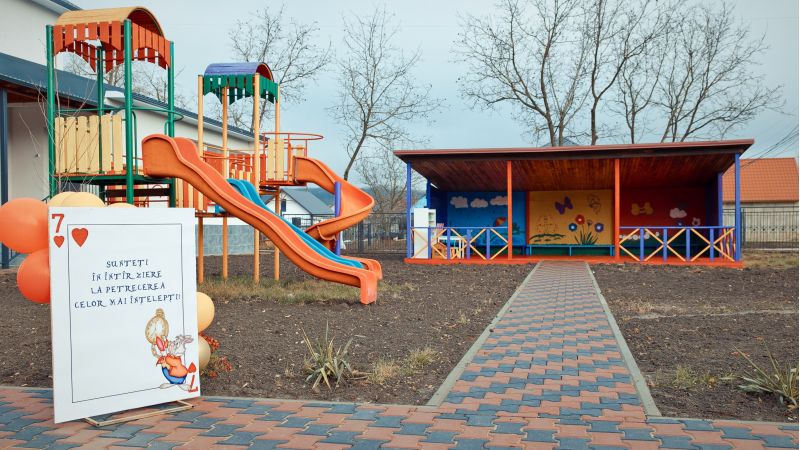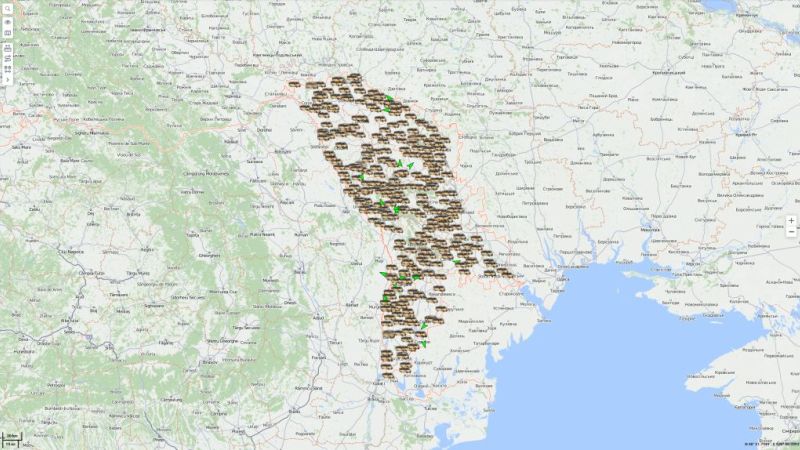
Bordershield 25 exercise: strengthening preparedness for chemical, biological, radiological, and nuclear threats
The EU-funded Bordershield 25 exercise, held at Ungheni Train Station on 1–2 October 2025, concluded successfully, marking a significant milestone in the Republic of Moldova’s and the European Union’s (EU) joint efforts to enhance public safety, border security, and emergency preparedness against Chemical, Biological, Radiological and Nuclear (CBRN) threats.
Organised to mark the 15th anniversary of the EU CBRN Centres of Excellence (CoE) Initiative, the exercise showcased the EU’s continued commitment to strengthening regional and cross-border cooperation in addressing complex CBRN risks. The initiative, implemented under the EU Global Threats Programme, supports partner countries in developing robust capabilities to prevent, prepare for, and respond to CBRN incidents.
The Bordershield 25 exercise was implemented under the EU CBRN CoE Project 106 – TEST, funded by the European Union and conducted in close collaboration with Moldovan authorities — including the Border Police, the National Agency for Public Health, the National Police, the General Inspectorate for Emergency Situations, and the Customs Service. The exercise was also supported by the United Nations Interregional Crime and Justice Research Institute (UNICRI), which assists the EU in managing and implementing the CBRN CoE Initiative globally.
The event brought together national institutions and experts from Albania, Armenia, Azerbaijan, Bosnia and Herzegovina, Georgia, the Republic of Moldova, Montenegro, North Macedonia, Serbia, and Ukraine, with additional support from the Romanian Border Police.
More than 150 participants, including border police officers, forensic experts, customs officials, HAZMAT units, medical personnel, and other first responders, took part in a realistic field simulation of a cross-border CBRN incident. The drill and final field exercise were preceded by a tabletop exercise and a preparatory phase that involved a simulated intelligence exchange on the smuggling of hazardous substances using the ISEMI dedicated virtual platform, SIENA X, which began nine days prior to the field action. These activities enhanced inter-agency cooperation and tested communication and coordination mechanisms at both national and regional levels.
Participants then practiced real-time response, coordination, and information exchange during the simulated incident at Ungheni train station. The exercise fostered teamwork, strengthened interoperability among participating agencies, and identified practical lessons to improve future emergency response procedures.
Although CBRN incidents are rare, their potential consequences can be severe. Exercises such as Bordershield 25 are therefore essential to ensuring that national authorities and regional partners are well-prepared to respond rapidly and effectively, safeguarding public health and security.
The organisers express their gratitude to the local authorities, the Border Police Academy, and its students for their participation, as well as to the residents of Ungheni for their cooperation in facilitating the smooth execution of the exercise.
Background information:








